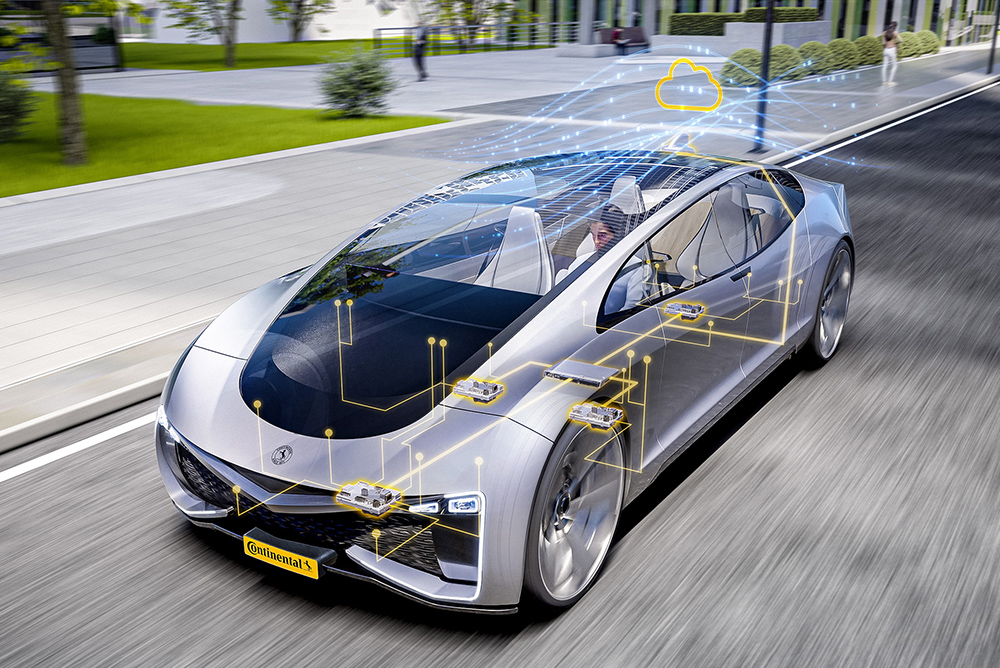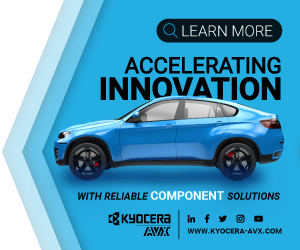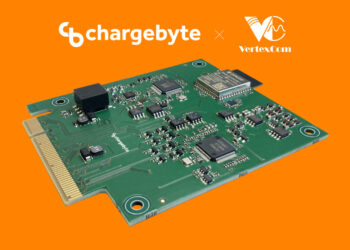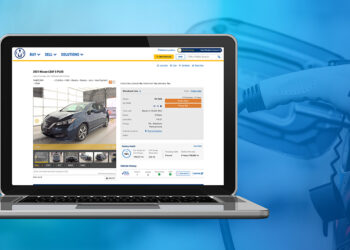Continental and Infineon cooperate on server-based vehicle architectures

Automotive supplier Continental is collaborating with semiconductor manufacturer Infineon Technologies to develop server-based vehicle architectures. The goal is to create an efficient electrics/electronics (E/E) architecture in which central high-performance computers (HPCs) and a few Zone Control Units (ZCUs) replace the hundred or more individual control units used in current vehicles.
Continental is using Infineon’s AURIX TC4 microcontroller for its ZCU platform. By individually configuring the number and arrangement of HPCs and ZCUs, automobile manufacturers can individually tailor their architecture to their needs.
“With our new architecture solution, we are making the vehicle fit for the future,” says Gilles Mabire, CTO of Continental Automotive. “The growing variety of vehicle functions requires more and more computing power and increasingly complex software applications. Thanks to our platform strategy, proven application software can be used in new vehicle models. As a result, the time-consuming validation effort is significantly reduced, and new functionalities can be brought into serial production much faster.”
In the new E/E architecture, a zone control unit bundles all electronic and electrical connections in a local section of the vehicle. For instance, ZCUs take over all control, data and communication management tasks in the vehicle from areas at the front right, front left and rear. Data streams from different vehicle domains merge in the zone control units. The data is then passed on to the HPCs as the top control level via secure Ethernet connections. Conversely, the zone control units act as coordination points for executing commands from the server level.
“Our new vehicle architecture simplifies the wiring harness substantially. It saves weight and energy,” says Jean-Francois Tarabbia, Head of the Architecture and Networking Business Unit at Continental. “Thanks to a clear division of tasks in the organized vehicle electronics, the separation of hardware and software and lastly, the necessary standardization of interfaces, the growing complexity and an almost exploding scope of software inside the vehicle can be managed in a much better way.”
Source: Continental









